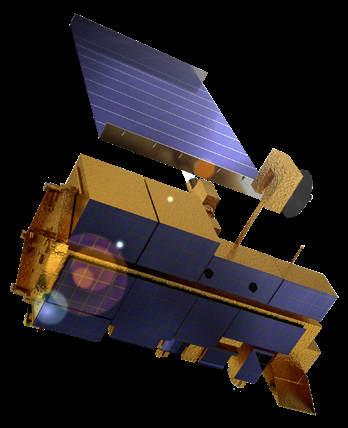Zimbabwe’s department of Civil Protection is to set up an earth observation satellite system, a facility which is expected to house a multi-hazard or integrated early warning system for impending disasters in the country.
A spokesperson of the department, Meliqiniso Sibanda said that all early warning systems should be under one roof instead of operating in silos in the country.
“So early warning systems for fire, epidemics and meteorological hazards should be integrated for prompt response to emergencies,” she said.
She added that the space technology also known as earth observation satellite technology is for use in collecting real time data in areas affected by flooding.
She added that for example, during the Tokwe-Mukosi dam flooding, Professor Amon Murwira, while at the University of Zimbabwe (UZ) activated the system and was viewing the disaster and was also taking images. Professor Murwira is the current Minister of Higher Education, Science and Technology Development.
“So there is need to have the system installed at all the 10 provinces in the country,” Sibanda said.
She added that the facility is in line with international best practice.
She said that the Meteorological Services department have their own satellite technology for early warning in Belvedere.
She also said that Environmental Management Agency (EMA) also has systems for detection of fire outbreaks, Zimbabwe National Water Authority (ZINWA) and the Ministry of Health and Child Care have systems that are useful in disaster preparedness.
Sibanda said that their mandate as the department of Civil Protection (DCP) according to the Civil Protection Act of 1989, is overall coordination of stakeholders involved in disaster risk management.
She said that when collaboration in early warning systems happens, early warning information is quickly shared for early action to enhance prompt response to emergencies.
Sibanda said that Japan, China, USA and most disaster management authorities in developed countries operate in that way.
“We need the system to be installed in provinces as well, to be manned by Provincial Development Coordinators. The system uses earth observation satellite technology,” Sibanda said.
UNSPIDER the United Nations agency specializing in space technology, provides technical advice to countries that request to be capacitated on the use of space technology in pre-disaster situations, during disaster events and in post-disaster situations.
“Through the country UNDP Office, DCP requested to be a member of the UNSPIDER system. So, the equipment to be installed should be recommended by UNSPIDER as it should be in sync with their equipment. In case of a disaster, UNSPIDER will reactivate the relevant charter so that we record and collect real time data,” Sibanda said.
She said the system is expected to cost at least US$300 000.



